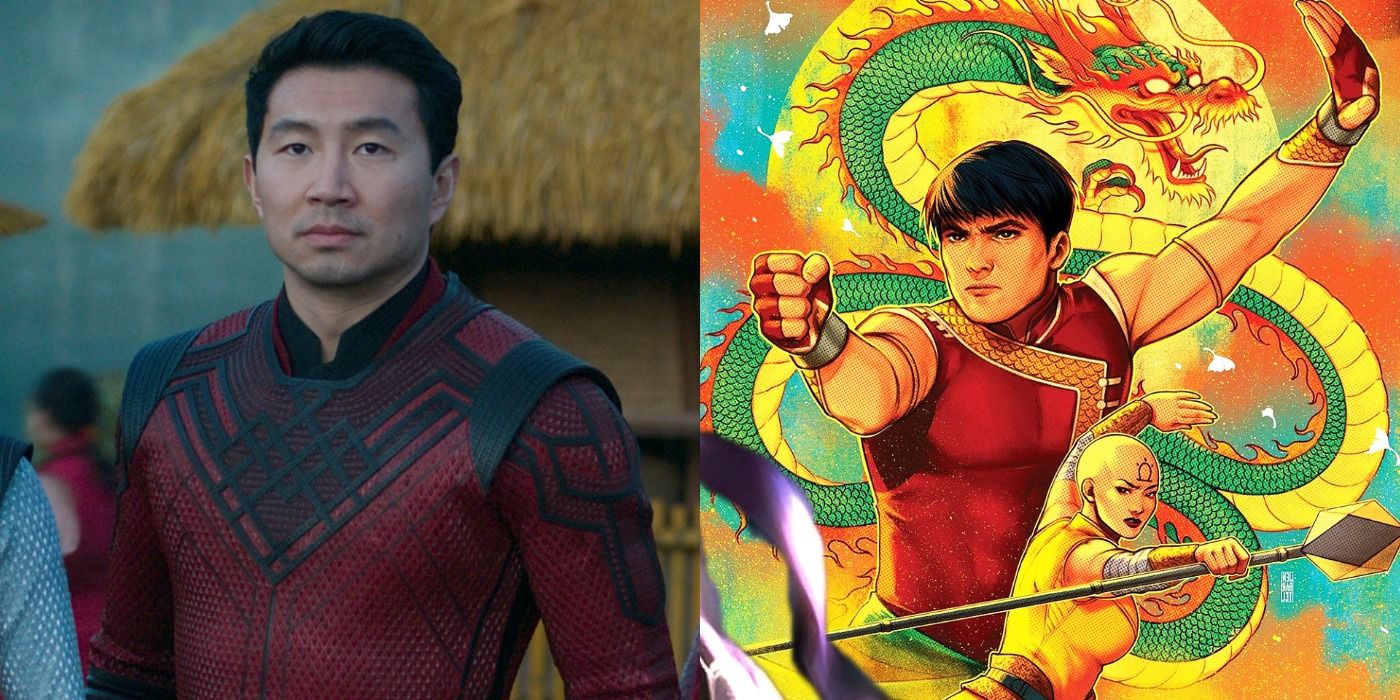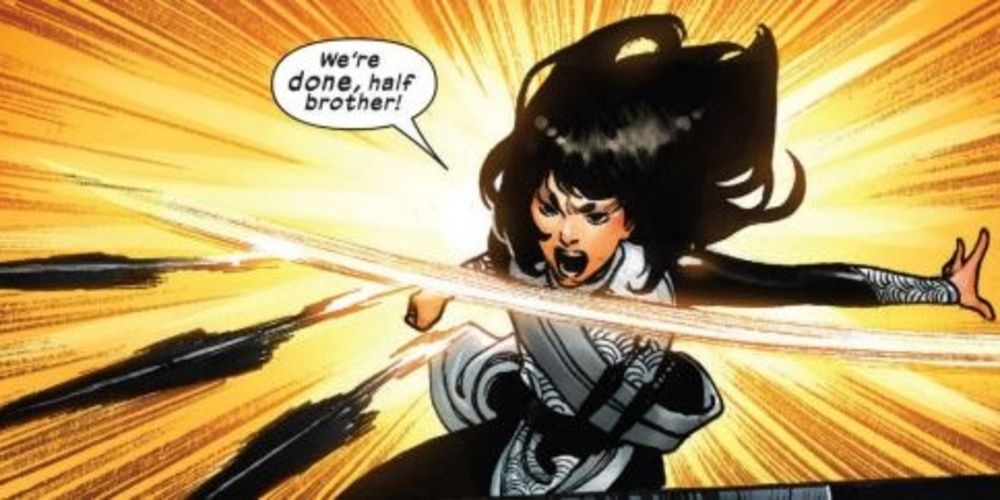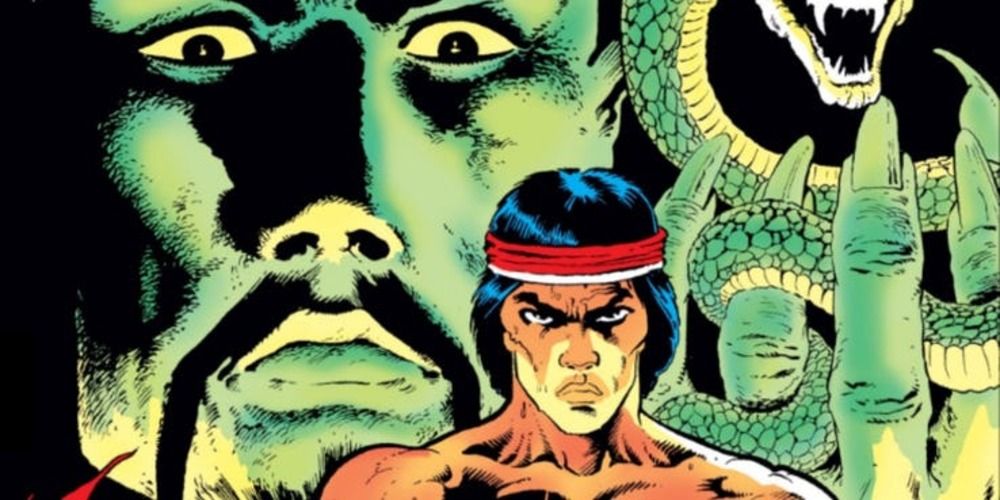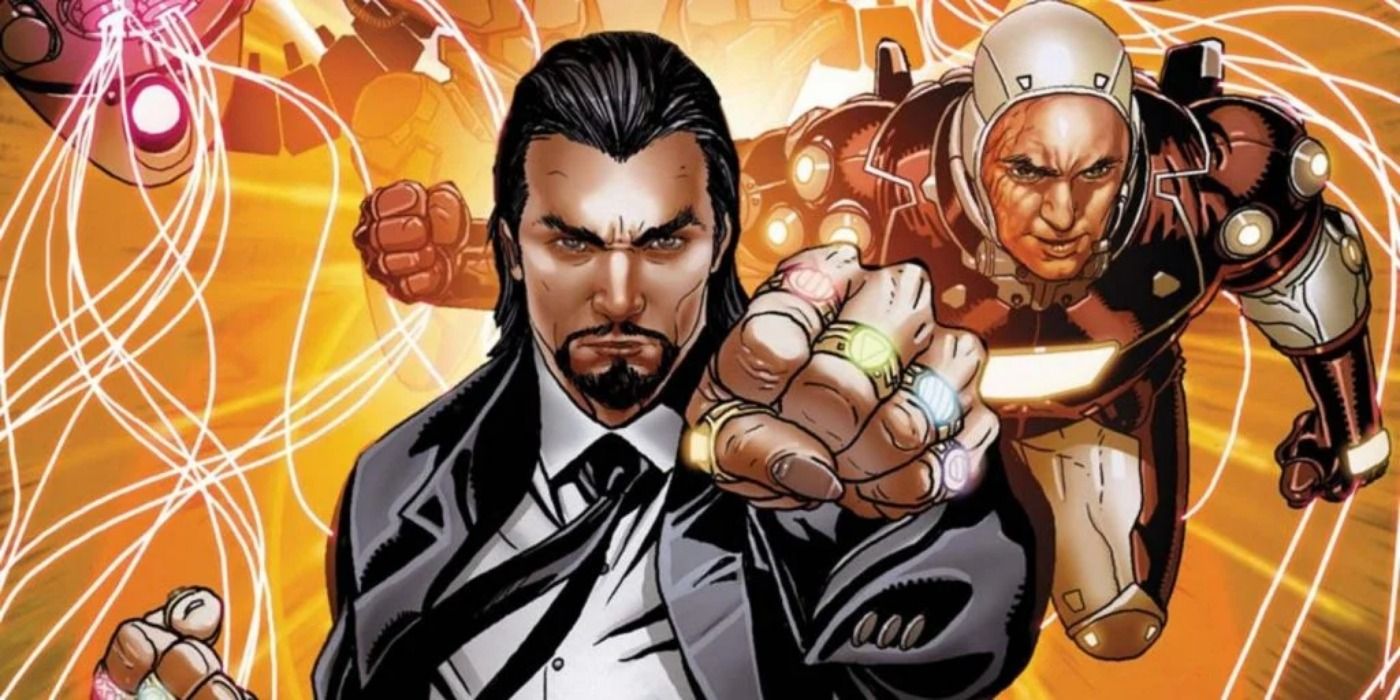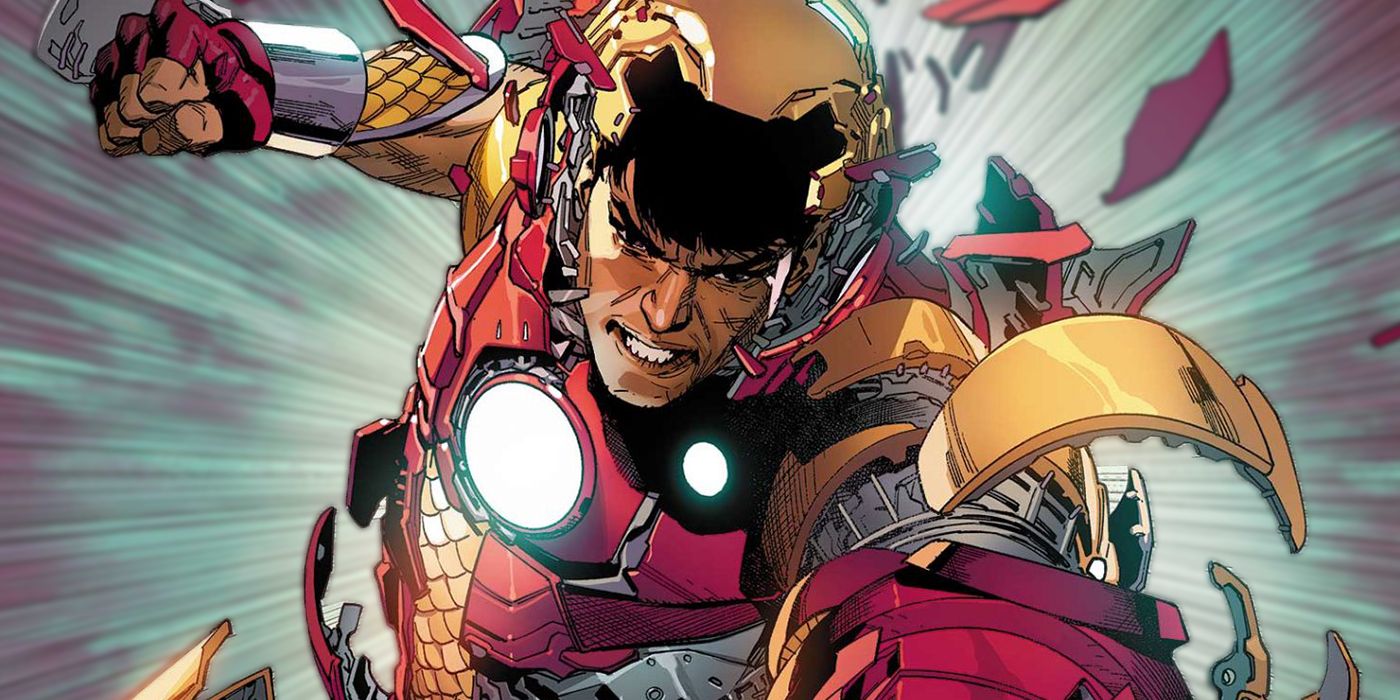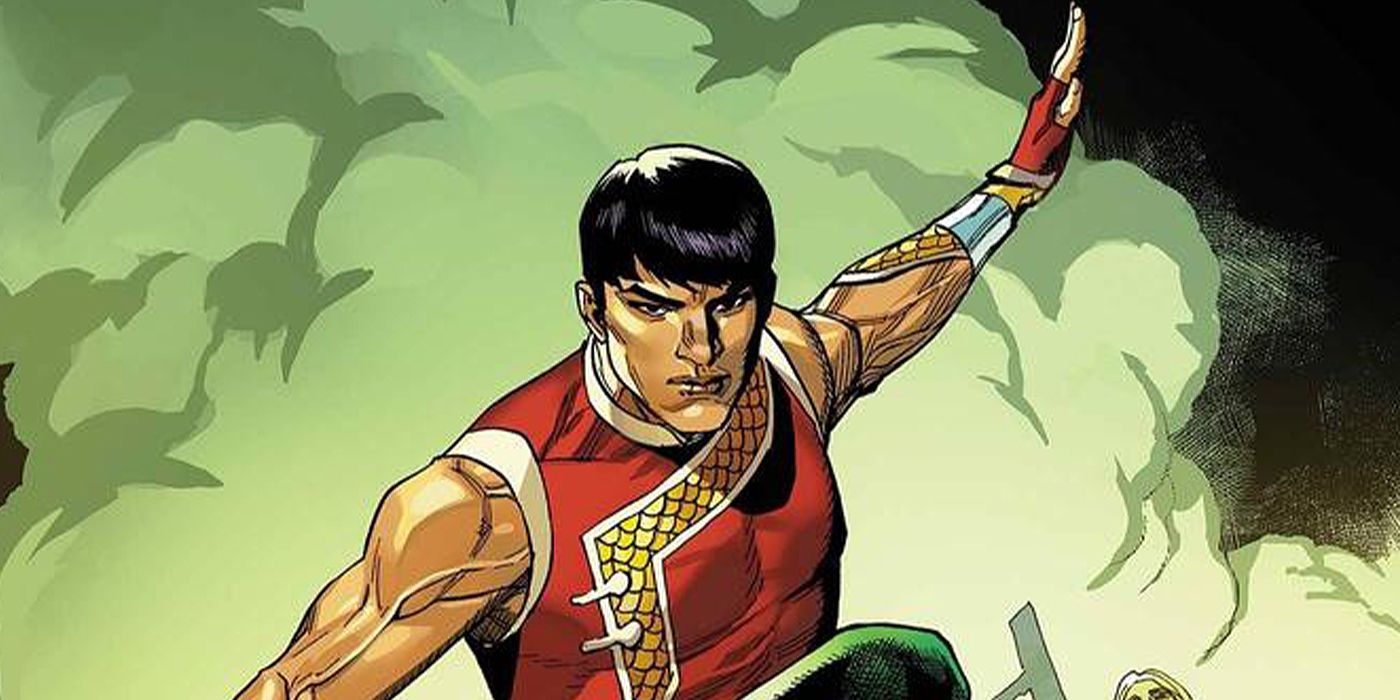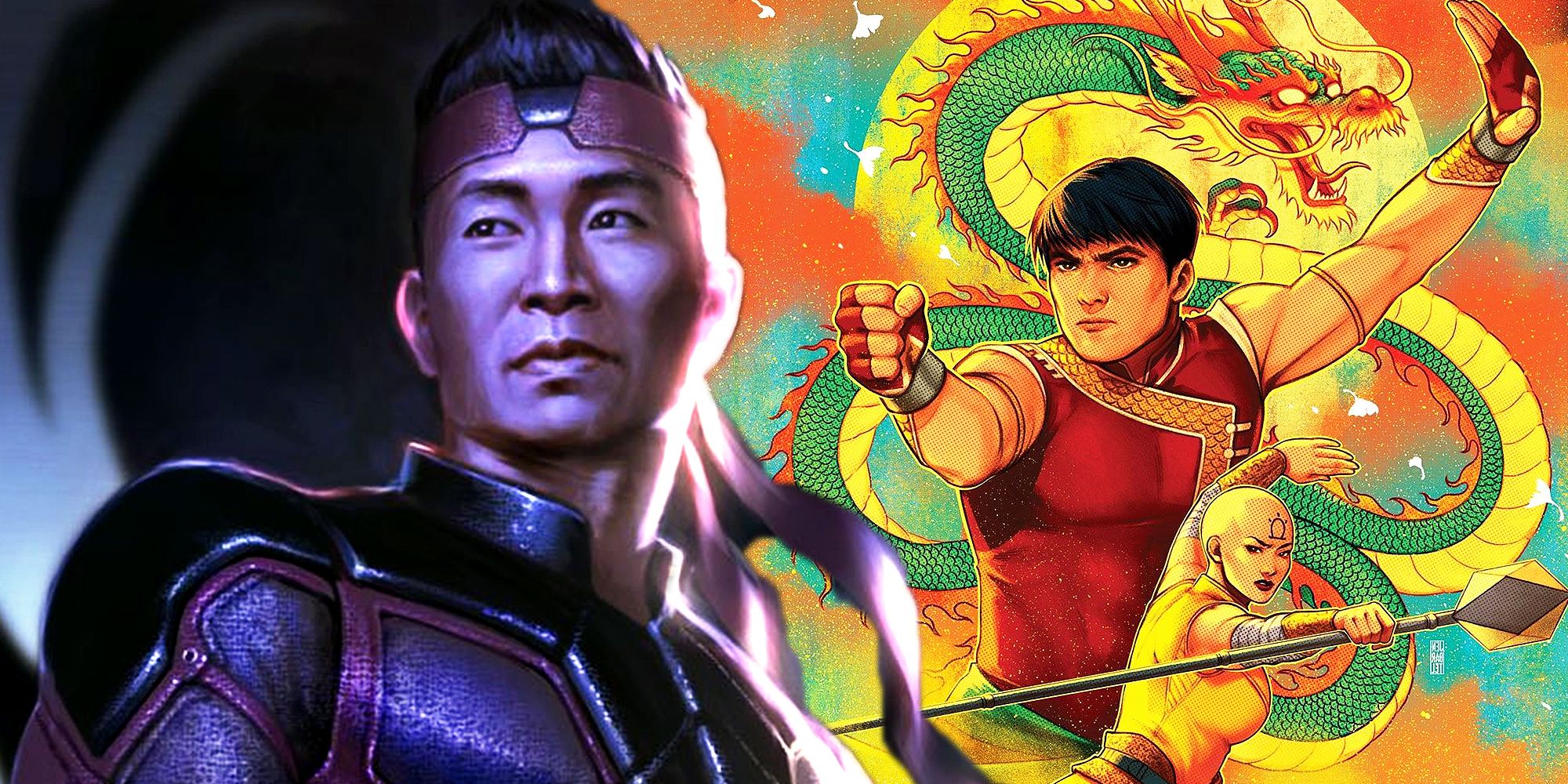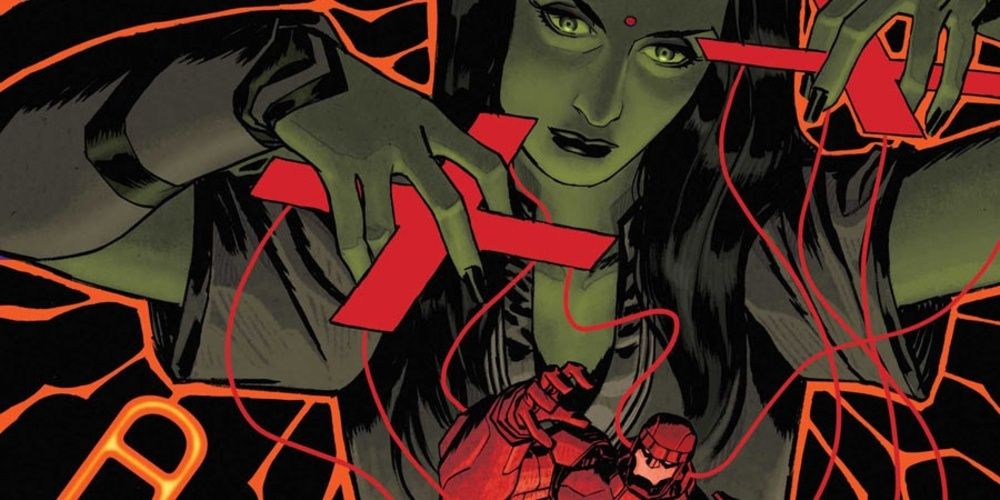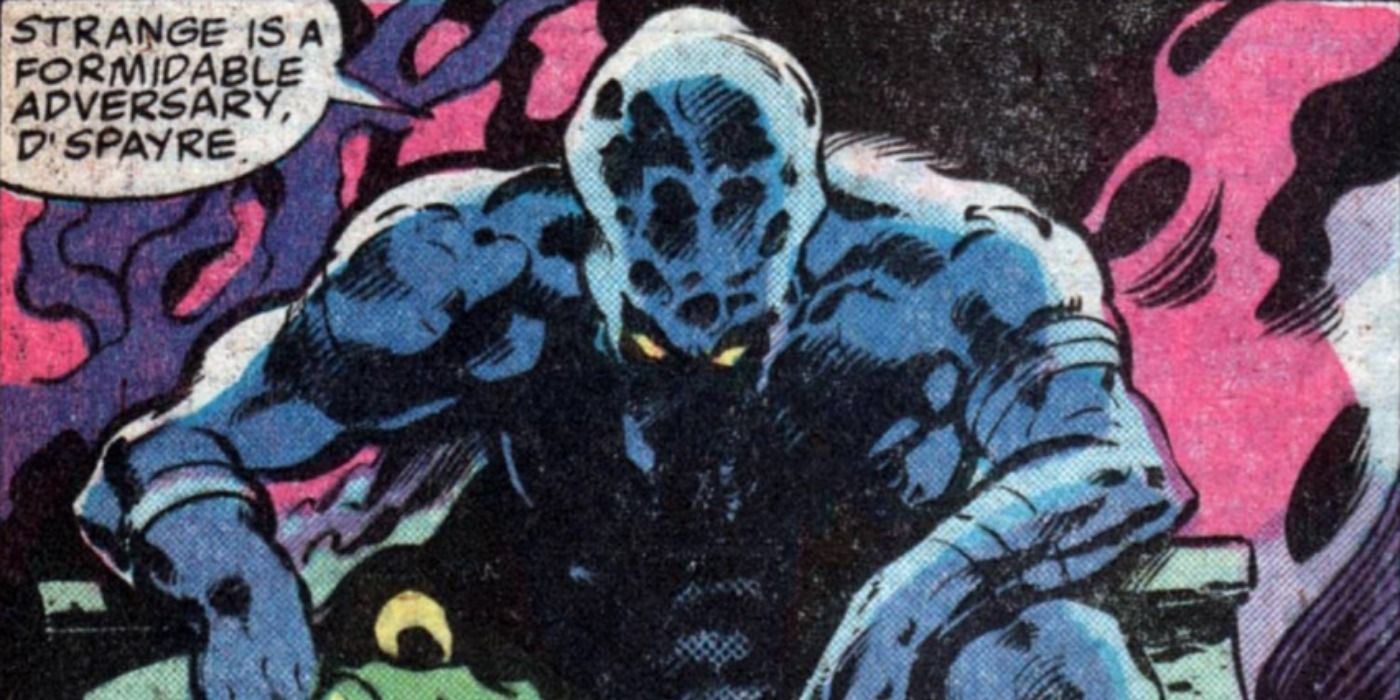The Marvel Cinematic Universe adapts characters from the comics but almost always changes the details in stories to accommodate its own vision. Shang-Chi and the Legend of the Ten Rings continued this practice, with its premise of Shang-Chi defending the village of Ta Lo from Wenwu and the Mandarin also not coming from the source material.
Quite a lot of aspects are present in both iterations of the characters and story, but these will look completely different to those who have checked out the MCU movie and the comic books. All things considered, it’s worth looking at the ways in which the live-action version has altered the original material in creative ways and what was ultimately left out.
Shang-Chi's Many Siblings
Xialing’s role was notable for being one of the bravest characters in Shang-Chi by defying her father’s wishes. Although Shang-Chi was given just one sister in the MCU, he has had several siblings from his father's side in the comics who have had antagonistic relationships with him.
Shang-Chi’s many siblings include his sisters Zheng Shi-Hua, Zheng Bao Yu, Kwai Far, Esme, Zheng Zhilan, and brothers Moving Shadow, Brother Staff, and M’Nai. The MCU decided to adapt the hostility Shang-Chi had with his siblings into Xialing’s character and made her his full sister.
The Mandarin As Shang-Chi's Father
This is something that was consciously dropped since the first depiction of Shang-Chi's father was an outright racist one that played into Asian stereotypes. Shang-Chi’s father was originally a villain known as Fu Manchu and the superhero was introduced as his son rather than as a full-on protagonist.
The MCU rightfully avoided making Shang-Chi’s father a poor representation of Chinese culture as Fu Manchu was in favor of creating a new character in Wenwu. The comics have retconned Shang-Chi as being the son of a Chinese sorcerer named Zheng Zu, which was also dropped from the live-action movie. Wenwu was shown to share the history of the Mandarin character instead, who is the archenemy of Iron Man in the comics.
The History Of The Ten Rings
The ending of Shang-Chi showed that the Ten Rings have a mysterious nature that no one can explain. It’s been confirmed that they aren’t mystical, scientific, or alien in nature, as Wong, Bruce Banner, and Captain Marvel claimed they never heard of them.
In the comics, the Ten Rings are from outer space, with the Mandarin acquiring them from a Makluan starship of Axonn-Karr that he found. The presentation of the rings was also changed in the MCU, as the comics make them appear like normal rings to be worn on each finger.
The Identity Of The Person Shang-Chi Killed As A Teenager
The titular character having to deal with the guilt of taking a life as a teenager was one of the best character story arcs in Shang-Chi. This aspect was a direct adaptation of what happened to him in the comics as well, where Shang-Chi turned on his father after what he did.
However, the identity of the person was changed to be his mother’s killer in the MCU, while the comics had him as an innocent. This man was Dr. James Petrie, whom Shang-Chi eliminated on Fu Manchu’s orders by being tricked into thinking that Petrie was a threat to peace.
The Dubious Identity Of Shang-Chi's Mother
Ying Li turned out to be one of the most likable characters in Shang-Chi for being Wenwu’s moral compass and a mother who died protecting her children. This was the MCU changing the character into being someone viewers could connect with as the comics haven’t provided this.
The identity of Shang-Chi’s mother has been retconned just like his father’s, with the original character being a white American woman whose name wasn’t mentioned. Very recently, Shang-Chi volume 2 #4, changed this to feature Jiang Li as Shang-Chi’s real mother, who was trapped in the Negative Zone by Zheng Zu.
Shang-Chi's Ability To Detect Chi
Shang-Chi doesn’t have superpowers in the traditional sense as his abilities are enhanced in other ways. One of these in the comics is his ability to detect the energy and life force of other beings, which is known as “chi.” This is so strong that he could even sense the psionic energy of Jean Grey in X-Men volume 2 #62.
The MCU made Shang-Chi out to be a man who was a master at Kung Fu but didn’t get any real super abilities until he took control of the Ten Rings. Shang-Chi was shown to have heightened senses for danger, which was a result of his extreme training and not related to detecting chi.
Katy Being The Superhero Known As Apex
MCU fans will associate Katy with being the funniest character in Shang-Chi and the superhero’s best friend. She was depicted as a normal woman named Katy Chen who learned archery in Ta Lo to protect the village.
The comics’ version is entirely different, with the character known as Katy Bashir, who was engineered as a superhuman baby and could switch sexes to turn into her brother, Tim Bashir, and collectively they were the superhero Apex. The MCU removed the complicated characterization of Katy to essentially take the character’s name and nothing else.
The Dweller-In-Darkness' Status As A Doctor Strange Villain
The Dweller-in-Darkness was depicted as a soul-consuming entity in Shang-Chi and didn’t seem to have much of a personality other than its innate evilness. The MCU’s adaptation of the character also dropped the significant detail of it being the enemy of Doctor Strange.
In the source material, the Dweller-in-Darkness is a demon who is one of the Fear Lords, with his power involving inducing fear into his victims. He also has his own motivations unlike the MCU version’s intention to consume Ta Lo.

